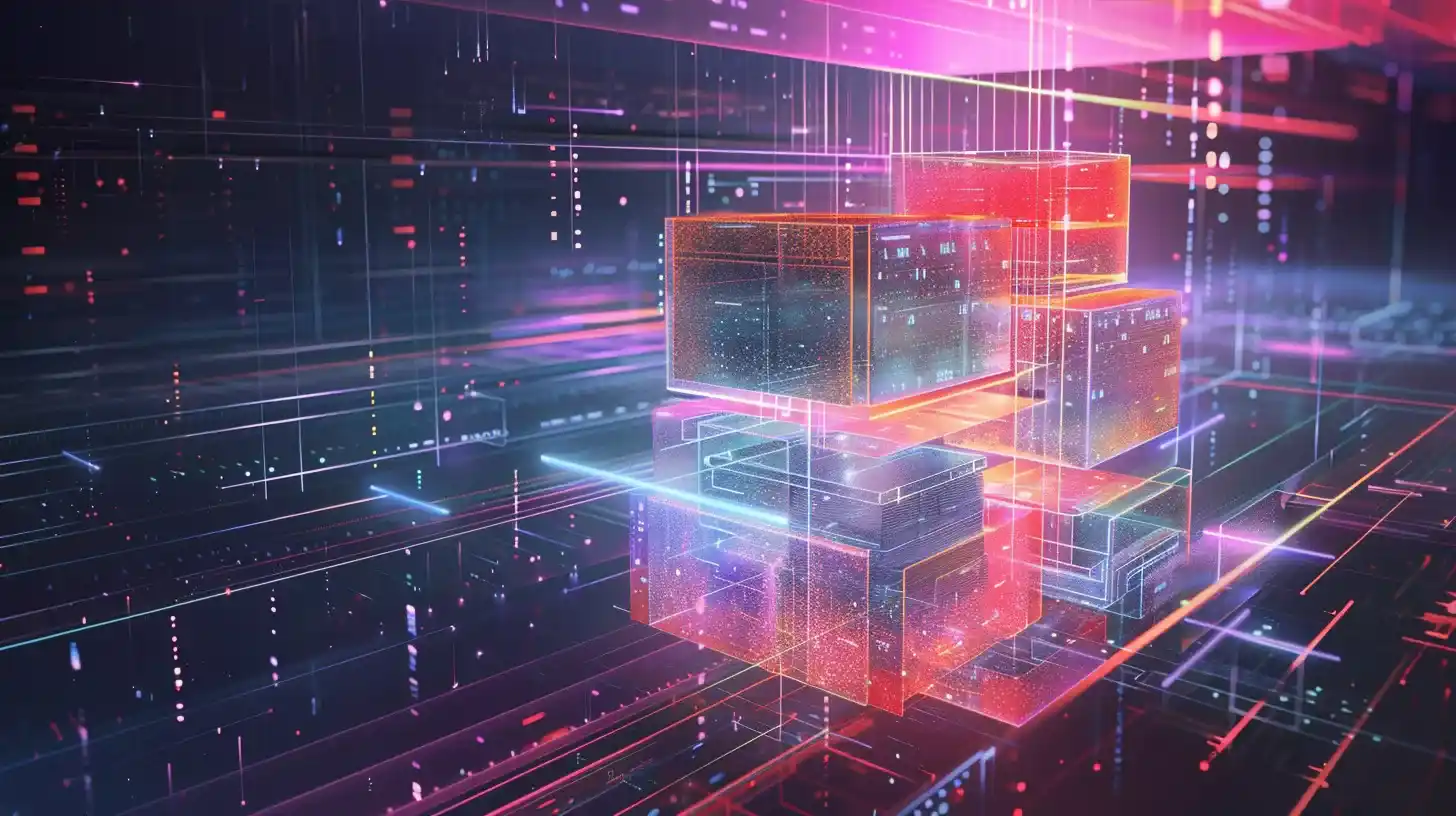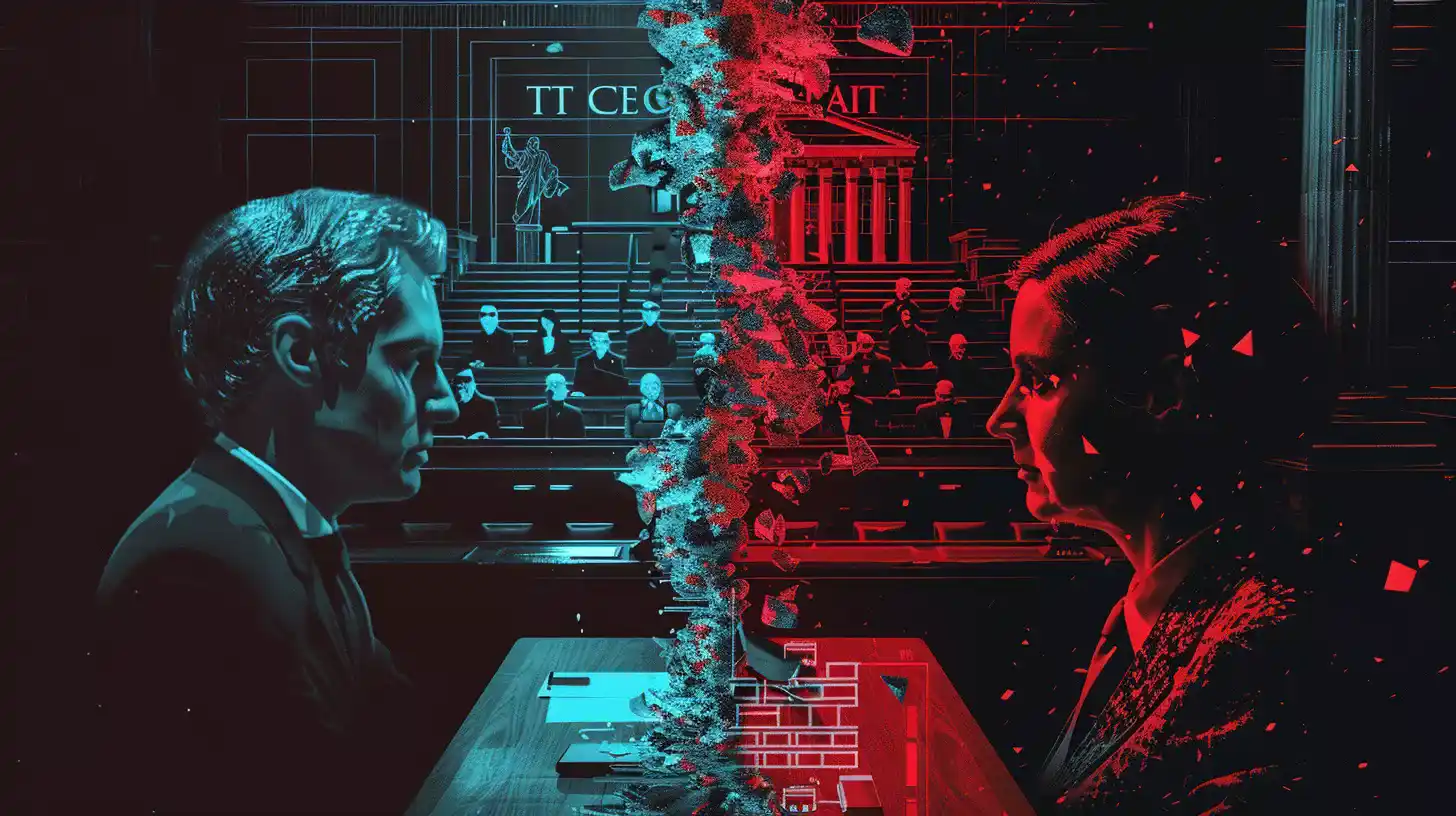Table of Contents
Stability AI, a leading company in the field of text-to-image generation, has recently released a new model called Stable Cascade. This model claims to offer better performance and more features than its previous model, Stable Diffusion, which is widely used by other AI tools for creating images from text.
What is Stable Cascade and how does it work?
Stable Cascade is a text-to-image generation model that can produce realistic and diverse images from natural language prompts. It can also perform various image editing tasks, such as increasing the resolution of an existing image, modifying a specific part of an image, or creating a new image from the edges of another image.

Unlike Stable Diffusion, which is a single large language model, Stable Cascade consists of three smaller models that work together using the Würstchen architecture. The first model, stage C, compresses the text prompt into a latent code, which is a compact representation of the desired image.
The second model, stage A, decodes the latent code into a low-resolution image. The third model, stage B, refines the low-resolution image into a high-resolution image.
By splitting the text-to-image generation process into three stages, Stable Cascade reduces the memory and computational requirements and speeds up the image creation time. According to Stability AI, Stable Cascade can generate an image in about 10 seconds, compared to 22 seconds for the SDXL model, which is the largest version of Stable Diffusion.
Moreover, Stable Cascade also improves the quality and diversity of the generated images, as it can better align the image with the text prompt and produce more variations of the same image.
Where can I find Stable Cascade and what can I do with it?
Stable Cascade is currently available on GitHub for research purposes only, and not for commercial use. Stability AI has provided a Colab notebook that demonstrates how to use Stable Cascade for various image generation and editing tasks. You can also explore some examples of images generated by Stable Cascade on their website.
Stable Cascade is a versatile model that can be used for various applications, such as content creation, design, education, entertainment, and more. For instance, you can use Stable Cascade to generate images of fictional characters, landscapes, animals, logos, or anything else you can describe with text.
You can also use Stable Cascade to enhance or modify existing images, such as increasing their resolution, changing their style, adding or removing objects, or creating new images from their edges.
What are the challenges and opportunities for Stable Cascade and Stability AI?
Stable Cascade is a remarkable achievement by Stability AI, as it shows the potential of text-to-image generation models to create realistic and diverse images from natural language. However, Stable Cascade also faces some challenges and limitations, such as the quality and availability of the training data, the ethical and legal implications of generating images, and the competition from other companies and models.
Stability AI has been at the forefront of text-to-image generation research, as it pioneered the stable diffusion method, which is a novel technique for training generative models. However, Stability AI has also been involved in several lawsuits, accusing it of using copyrighted data without permission from the owners.

For example, Getty Images, a stock photo agency, has filed a lawsuit against Stability AI in the UK, alleging that Stability AI used millions of Getty Images’ photos to train Stable Diffusion. The trial is expected to take place in December.
Stability AI has also faced criticism for its pricing and licensing policies, as it charges a subscription fee for commercial use of its models, which some users and developers have found to be too expensive or restrictive. Stability AI has defended its decision, saying that it needs to generate revenue to support its research and development.
Stability AI is not the only company that is working on text-to-image generation models, as other tech giants like Google and Apple have also released their own models, such as DALL-E and iGPT. These models use different approaches and architectures, such as transformers and autoregressive models, to generate images from text.
These models also offer impressive results and features, such as generating images from multiple text prompts or generating text from images.
Therefore, Stability AI will have to face the challenge of competing with these models, as well as keeping up with the rapid advances and innovations in the field of text-to-image generation. However, Stability AI also has the opportunity to collaborate with other researchers and developers, and to leverage its expertise and experience in the stable diffusion method, to create more powerful and useful models for image generation and editing.